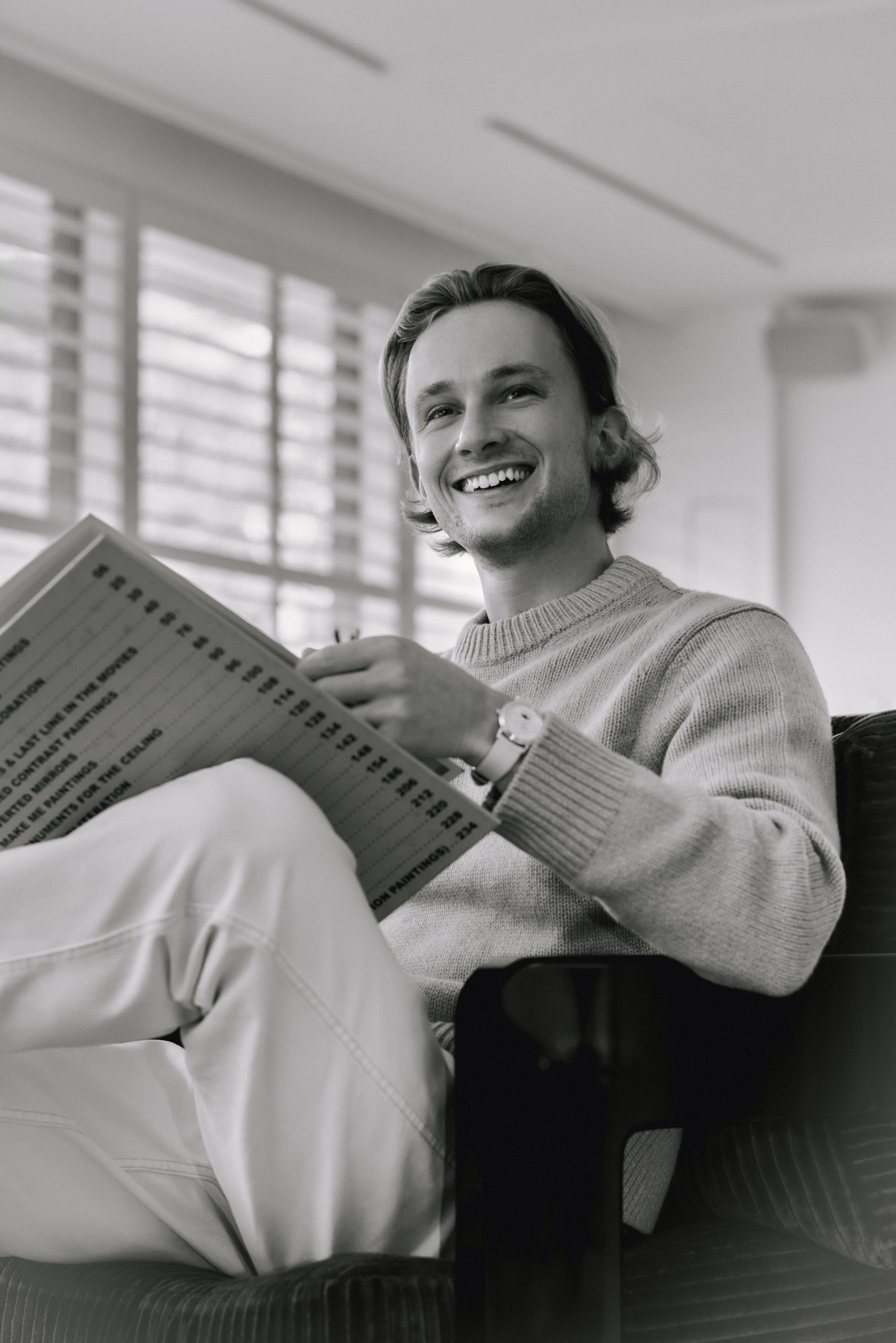
I’ve always had a passion for scholarship, and learning a bit more each day is literally the biggest takeaway I have from this passion. In my course of watch collecting I’ve always tried to seek out what is most exceptional, and I’ve found that the only way to do that is to closely observe and understand the subject and genre. Like me, Ben Dunn yearns the undiscovered. The founder of WBLDN (Watch Brothers London) seeks to build a community around interesting watches, through scholarship, curation, and transparency. Ben’s enthusiasm for watches blossomed from a deep love for craftsmanship and design. Initially captivated by the aesthetics and historical significance within the world of watches, his passion for collecting has remained steadfast ever since.
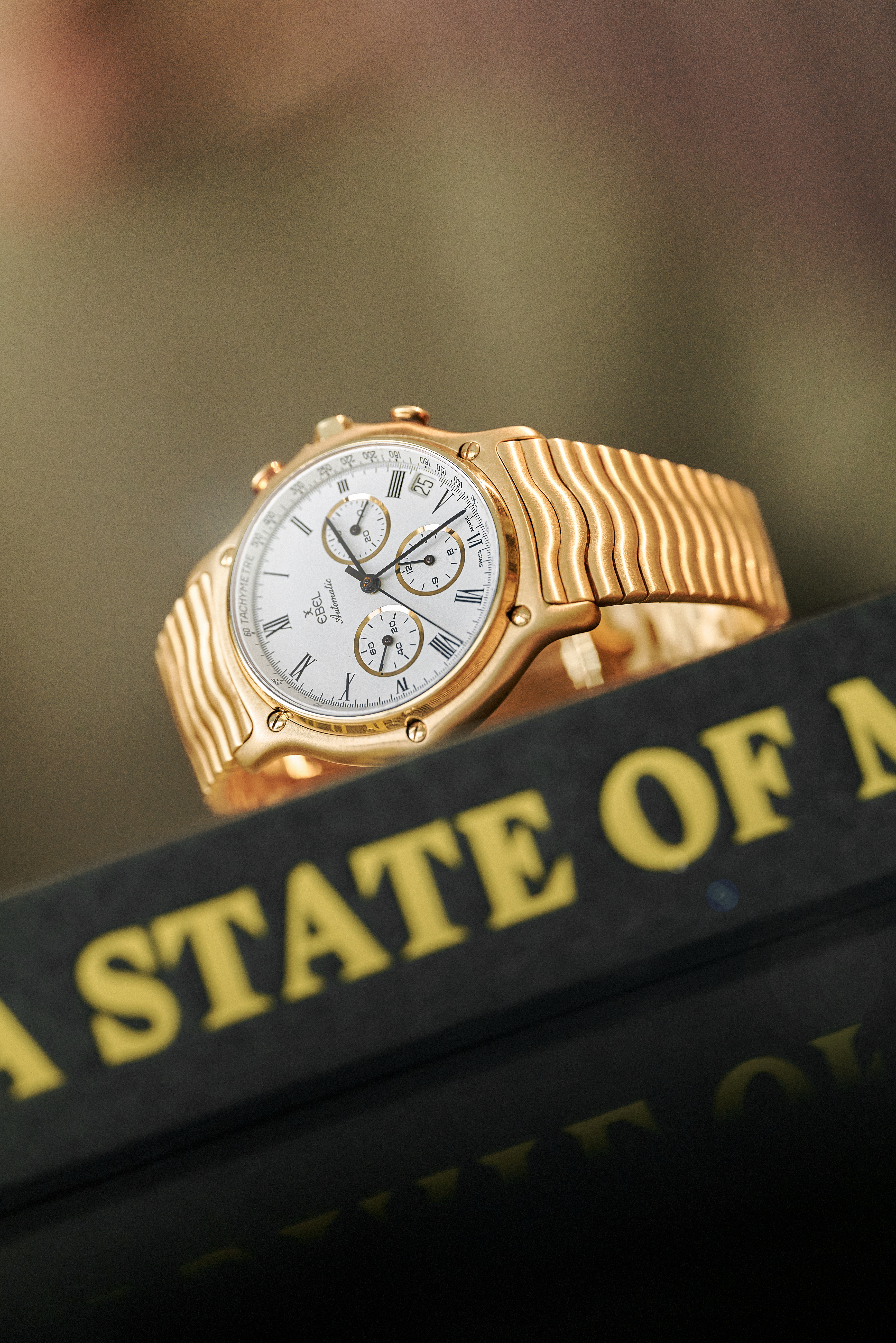
Ben’s eye for watches is off the beaten path to say the least, another trait that I can relate to. He’s very often ahead of the curve. The curiousity to discover underrated treasure led us both to the genre we today call “neo-vintage”. In fact I first found Ben during my research into the 1978 Audemars Piguet Quantième Perpétuel, a ref. that was incredibly pivotal for AP as a brand, and for the industry as a whole. For me it was the poster child of the post-Quartz era, re-embracing the artisanal qualities of complicated mechanical watchmaking as a cherished artform. Despite being a subject of great interest and significance, the subject was not widely studied or discussed online. Such is that case for many treasures that fall into the genre of neo-vintage classical watches that were made after the Quartz Crisis, so Ben decided to fix that. He tracked down known enthusiasts from all around the world and took a deep dive into the APQP as one of his early research subjects. I was truly honoured when Ben gave me the opportunity to contribute and I shared the little that I knew. Today we sit down with Ben to chat about his curation philosophy and approach to studying watches.
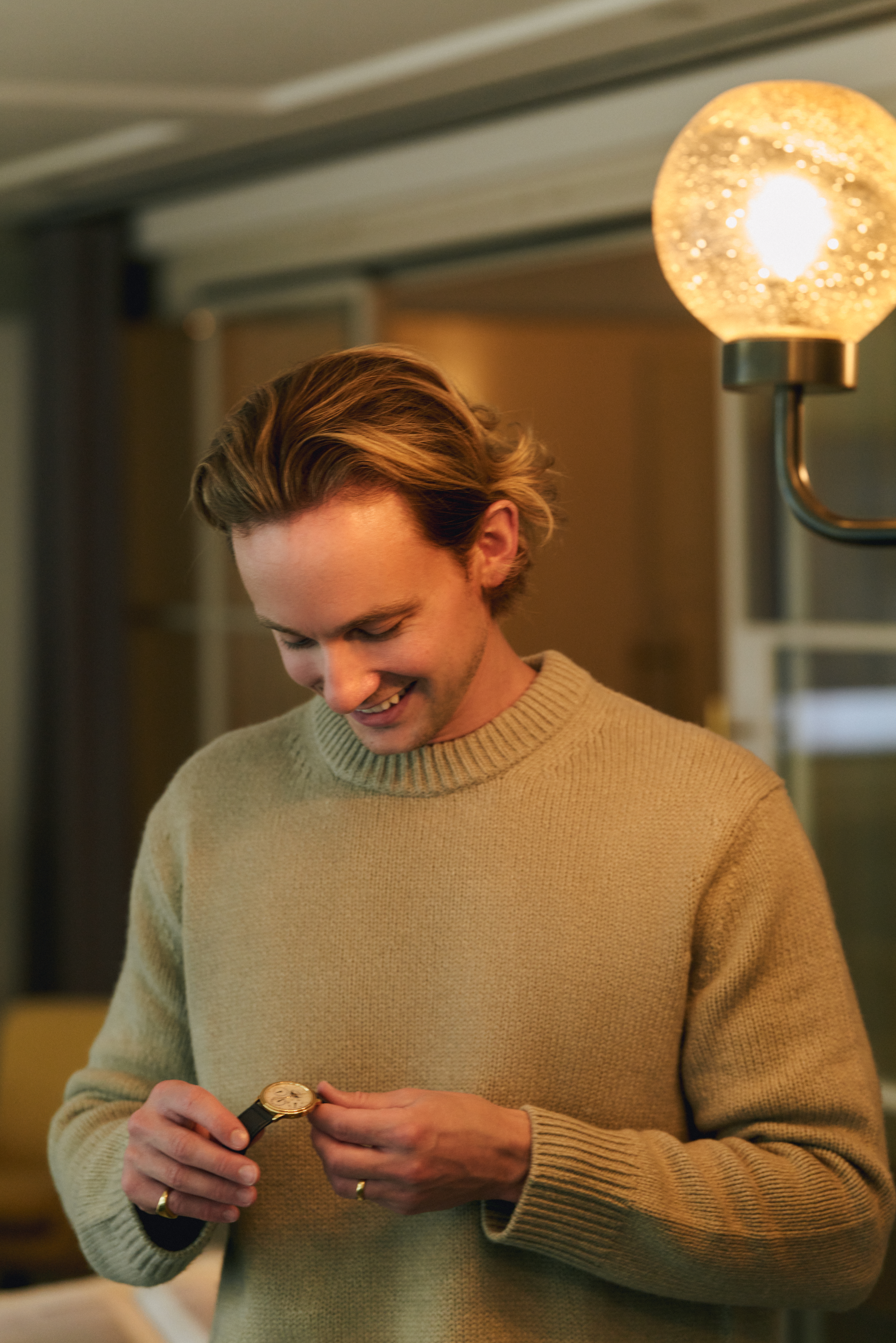
It can be said that the Audemars Piguet Quantième Perpétuel brought Ben and I together.
Tom: How did you first get into watches?
Ben: For me it was friends and family, starting with a lovely steel Mondaine watch I was so kindly gifted on my 21st, to the sun soaked Daytona that has always draped the wrist of my now father-in-law. I was hooked! I spent, and continue to spend to this day, hours and hours researching different models and their history. Eventually I took the plunge and purchased my very own Zenith Daytona and the rest is history!
Tom: Having previously worked in the tech industry, what do you think is the relationship between technology and mechanics?
Ben: A healthy one, I’m all for progression and innovation as long as the mechanics stay somewhat true to their original DNA, I like the charm of older pieces, their processes and raw outcomes.

Tom: What’s your curation philosophy?
Ben: It is a hard one to explain and quite honestly I try not to think too much and just follow how I feel. I love to explore areas with less scholarship, dig a little deeper to see whats hiding beneath, be it history/models I’ve never seen before or a whole community I’ve never connected with.
I’m often drawn to models and brands that feel overlooked in some aspect, be it design, size, price, complications and from here love to collaborate with collectors in that space to surface and share information with the wider community. Curiosity and connection is what I think drives my curation.
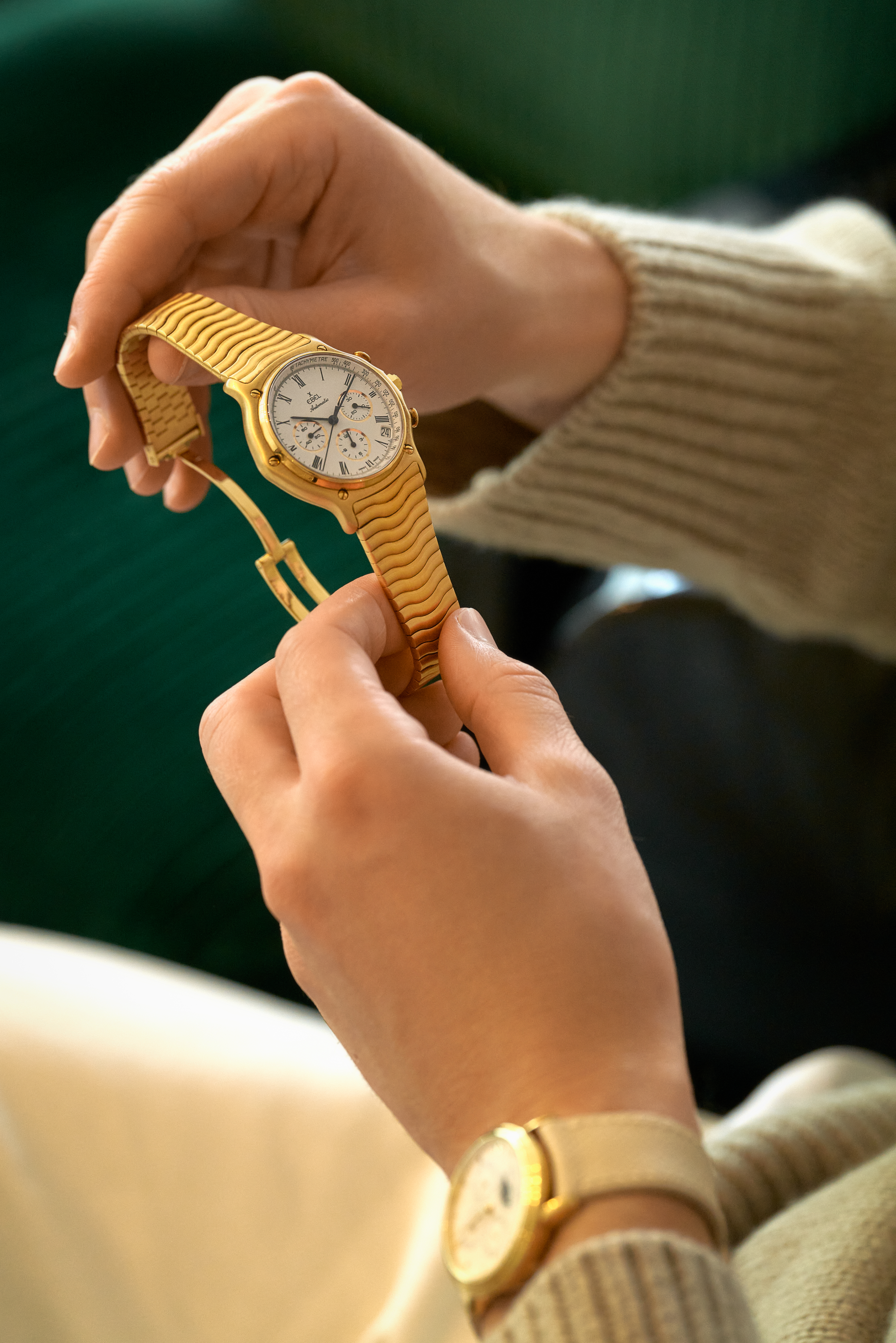
Tom: How would you define neo-vintage?
Ben: For me it’s the area of collecting that has historically fallen between the gaps of the more known vintage and modern collections. I feel this period can also differ slightly from brand to brand. For years people have searched and highlighted great vintage, and the last few years our eyes have been swamped with modern hype. The area in between is for exploration and discovery, lending itself to the curious and original collectors. There tends to be some rather wild explorations in this period for many reasons and this is what makes it exciting to collect.
Tom: Which is the complication that speaks to you the most and why?
Ben: Easy for me it is the perpetual calendar, I think those who know me would agree instantly! I love the design language used to display all the information, from the more traditional 4 sub dial designs to the creative retrogrades and more. This complication is also one I feel demonstrates tremendous watchmaking prowess, combined with models from neo-vintage area the astute collector can get into one of these exceptional pieces for a comparative bargain with modern models. Overall the aesthetic, history and value has kept me obsessed with this complication and I don’t see it changing anytime soon.
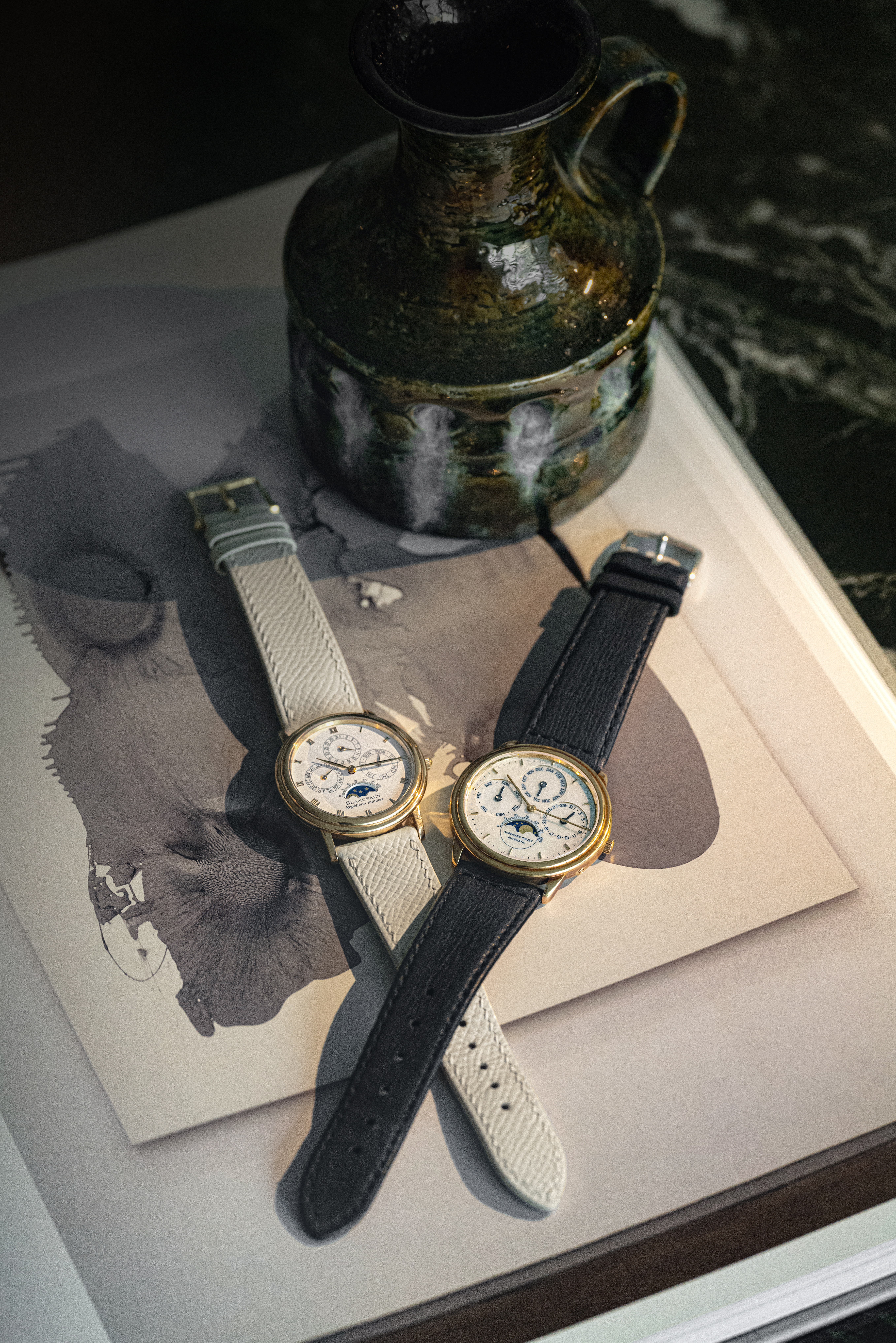
A pair of neo-vintage Perpetual Calendars, and one of them sings.
Tom: Which facet of watch collecting are you most attracted to?
Ben: My gut reaction here is design, closely followed by history. I have a design background and spend my life looking for the tiny details that make a difference. Design for me is also the way it makes you feel, I’m sure we’ve all put on a watch that ignites some sort of feeling or emotion.I want a buyer to love their purchase, not just in the deal but how it makes them feel.
Looking at the history side, this is what has brought me closest to many wonderful collectors/now friends as we swap and share information, sometimes resulting in the reference guides that you seen published on the site.
Tom: Please share with us 3 ref. that in your view are still incredibly undervalued and why?
Ben: ref. 5335 Blancpain Perpetual Calendar Minute Repeater – JP Hagmann gifting this watch the most wonderful sound. Extremely low production, classic aesthetics and housed in just 34mm case, I just can’t get enough of this watch.
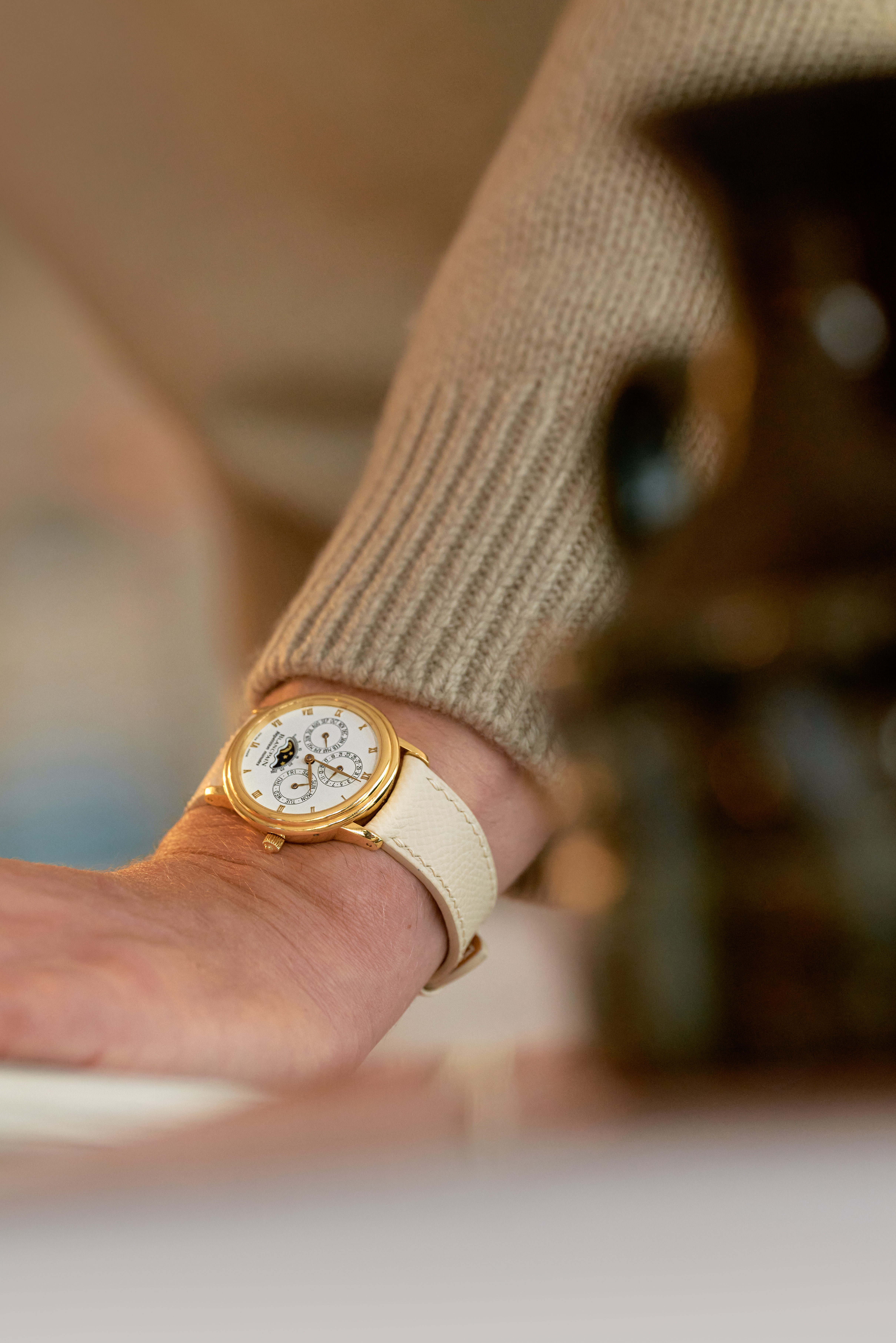
3350 Breguet – Early Breguet Roth era and still trading at circa 30% current day RRP (slightly update but ever so similar 3357 model). Incredible on the wrist and oddly one of most affordable tourbillons on the market from the big brands. The dial, tourbillon cage and engraved backplate will keep your eyes busy for hours and hours.
Finally the Ebel El Primero Chronograph ref. 8134901 to me offers some of the most value on the market today with a gold example currently costing around 5k gbp. This model played a critical role in saving the El Primero movement, the epitome of cool in the 80’s and somewhat led the way for the Zenith Daytona – the Ebel RRP was actually higher than the Zenith Daytona when it was released.
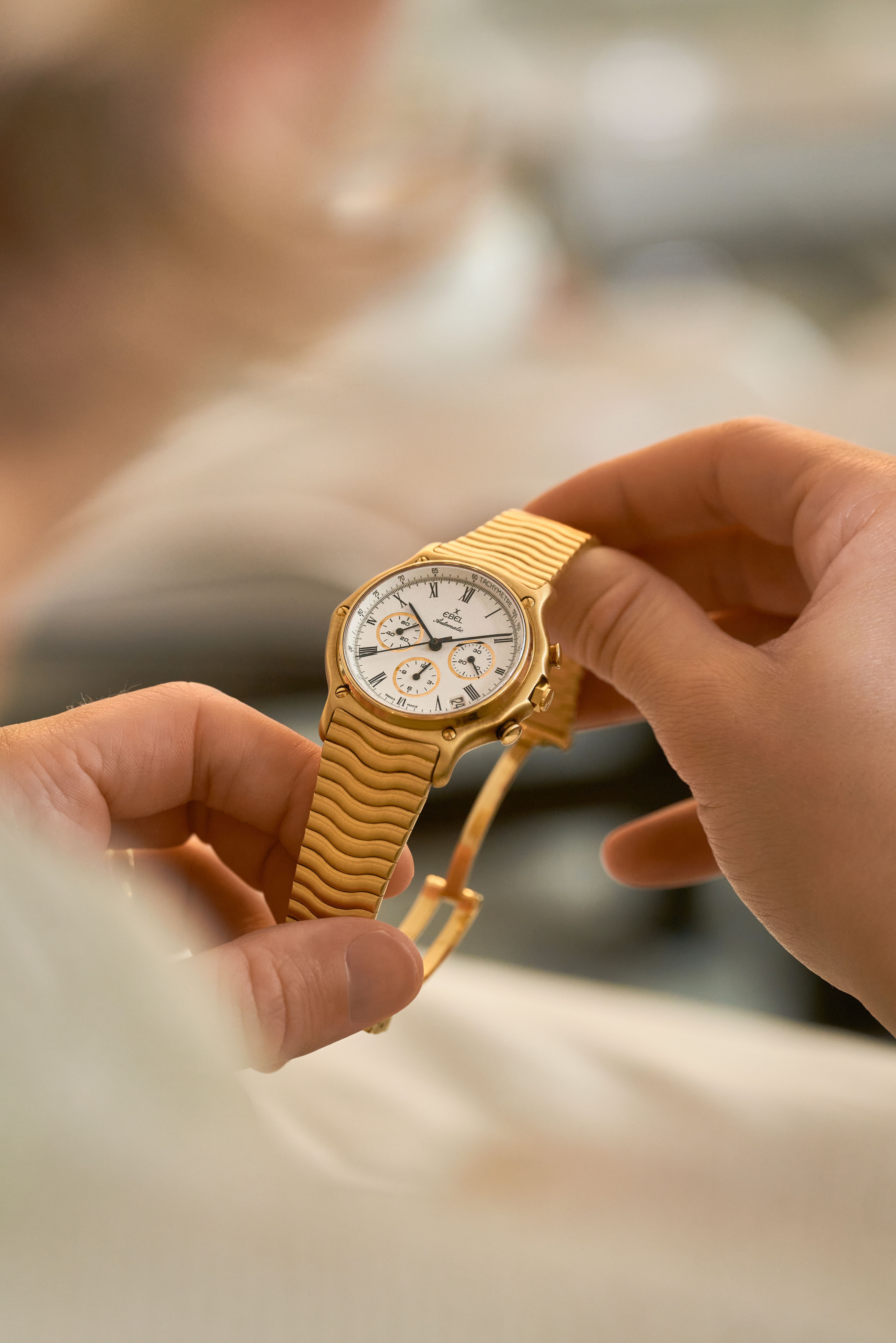
Tom: A large focus of WBLDN is also on deep dive research and scholarship. Could you walk us through that process?
Ben: This for me is one of the most important and rewarding parts of WBLDN. I find this openness and scholarship drives trust, engagement and community far beyond anything sales related.
The topic for these articles honestly appears organically, either through myself or a friend highlighting a gap in scholarship on a certain topic/model/ref that has merit. By merit it can be anything from a design language we love or block of history thats relatively unknown/lost or even a hard value opportunity (in our eyes of course). I say ‘we’ here because I do not write these alone, iit is a very collaborative effort with many close friends and collectors – including yourself.
The work can take many months, gathering sources, information and photography to support, these are also working documents and much is added and altered as further information comes to light eg, the no. of dial variants available for the 1st series Patek Philippe 3940 updated only recently courtesy of @Watches_and_Guinness.
-FIN-
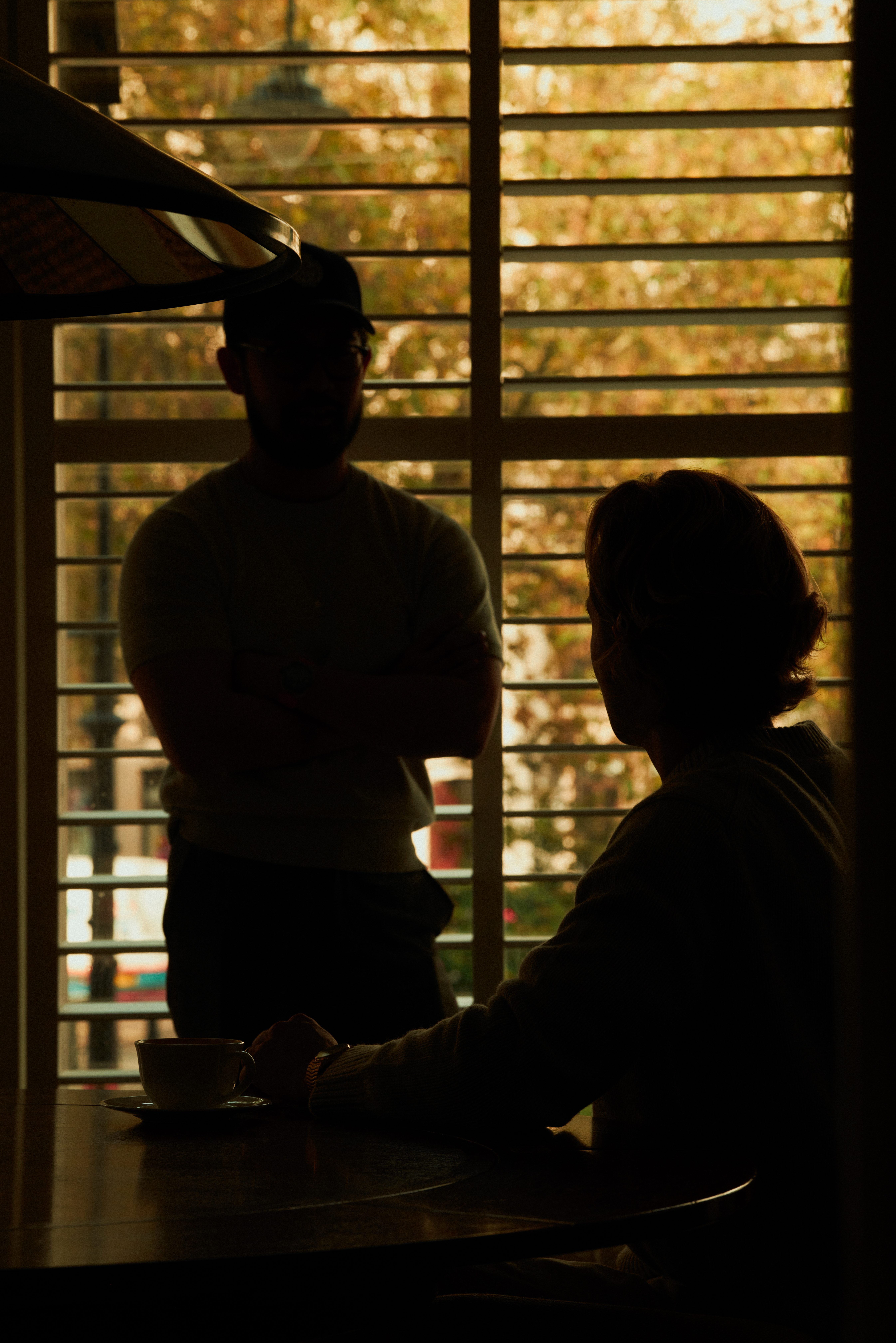
Tom and Ben in London, 2023.